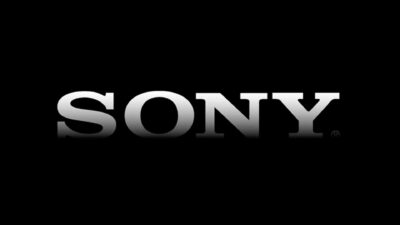 This is a pretty easy process but it will take some time. Basically we have to do a two-step process: Getting a digital version of the audio tapes, then burning those digital audio files to standard CDs.
This is a pretty easy process but it will take some time. Basically we have to do a two-step process: Getting a digital version of the audio tapes, then burning those digital audio files to standard CDs.
First we need to rip the data off the cassette tapes. You’ll need one special piece of hardware in addition to a tape deck: You need a cable that connects from the audio-out jack on the tape deck (this could be standard Red/White RCA Cable or a Red/White RCA to 1/8 Mini Jack , depending on your deck) to your computer (which will accept a 1/8-inch mini speaker plug). Connect the tape deck output to the AUX IN input on your PC. (If you’re using a laptop, you’ll have to use the MIC IN jack.) Make sure you turn this input on in Windows, as by default it is off in most cases.
 Now we’re about ready to start ripping, but you need software to make this happen. There is a ton of free software to turn audio into MP3 or WAV files. I’ve used Media Digitalizer to do this exact thing in the past, but many alternatives exist (and Digitalizer only comes with a 14-day free trial, then it’s $40). You’ll find good advice on how to use another tool with audio tapes, a free piece of software called Exact Audio Copy, at Kuro5hin. There’s a little trial and error involved in getting the volume levels set properly, but it shouldn’t take more than a few minutes to get it running smoothly.
Now we’re about ready to start ripping, but you need software to make this happen. There is a ton of free software to turn audio into MP3 or WAV files. I’ve used Media Digitalizer to do this exact thing in the past, but many alternatives exist (and Digitalizer only comes with a 14-day free trial, then it’s $40). You’ll find good advice on how to use another tool with audio tapes, a free piece of software called Exact Audio Copy, at Kuro5hin. There’s a little trial and error involved in getting the volume levels set properly, but it shouldn’t take more than a few minutes to get it running smoothly.
Treblemaker recommends CD-RWs just in case you make a mistake. You can record one side of each tape as one big MP3 file, or split it up into chunks, whichever you prefer (and if the tapes are too short or too long, you might fit more on a CD by ripping into 10-minute chunks).
Once you’ve ripped all the audio, simply burn it to an audio disc with any music software. Your ripping program will probably contain a CD-burning feature, or you can do what I do and simply import all the MP3s into iTunes (or another music player) and burn the CDs from there. This is the easy part and should give you no trouble at all.
You’ve probably figured out the catch with ripping audio from tape: It has to be done in real-time unlike ripping from CD, which can take only about 60 seconds to rip a five-minute song. What are you going to do while all this ripping is going on? Well, you’ll probably sit there and listen to the tape… which may obviate the need for you rip to CD to begin with. If you have a large number of tapes you want to convert to CD, tying up your stereo and computer (and your time) for so many hours may simply not be an option. In the end it may just be simpler to stick a portable tape deck on your passenger seat and listen that way.
Thanks to Christopher Null for the tutorial.
read more | digg story | treblemaker.com

Frank Wilson is a retired teacher with over 30 years of combined experience in the education, small business technology, and real estate business. He now blogs as a hobby and spends most days tinkering with old computers. Wilson is passionate about tech, enjoys fishing, and loves drinking beer.

















Thanks, I know it was time consuming but it worked and am happy Thanks a lot
Thanks, I know it was time consuming but it worked and am happy Thanks a lot
Thanks for sharing this. This guide will help me solve my problems transferring my audio data from the cassette tape to CD’s.
Another useful share. Hope there would be tutorial how to transfer VHS taped movies to DVD’s.
Any free tool for transfering cassette audio to cd’s?